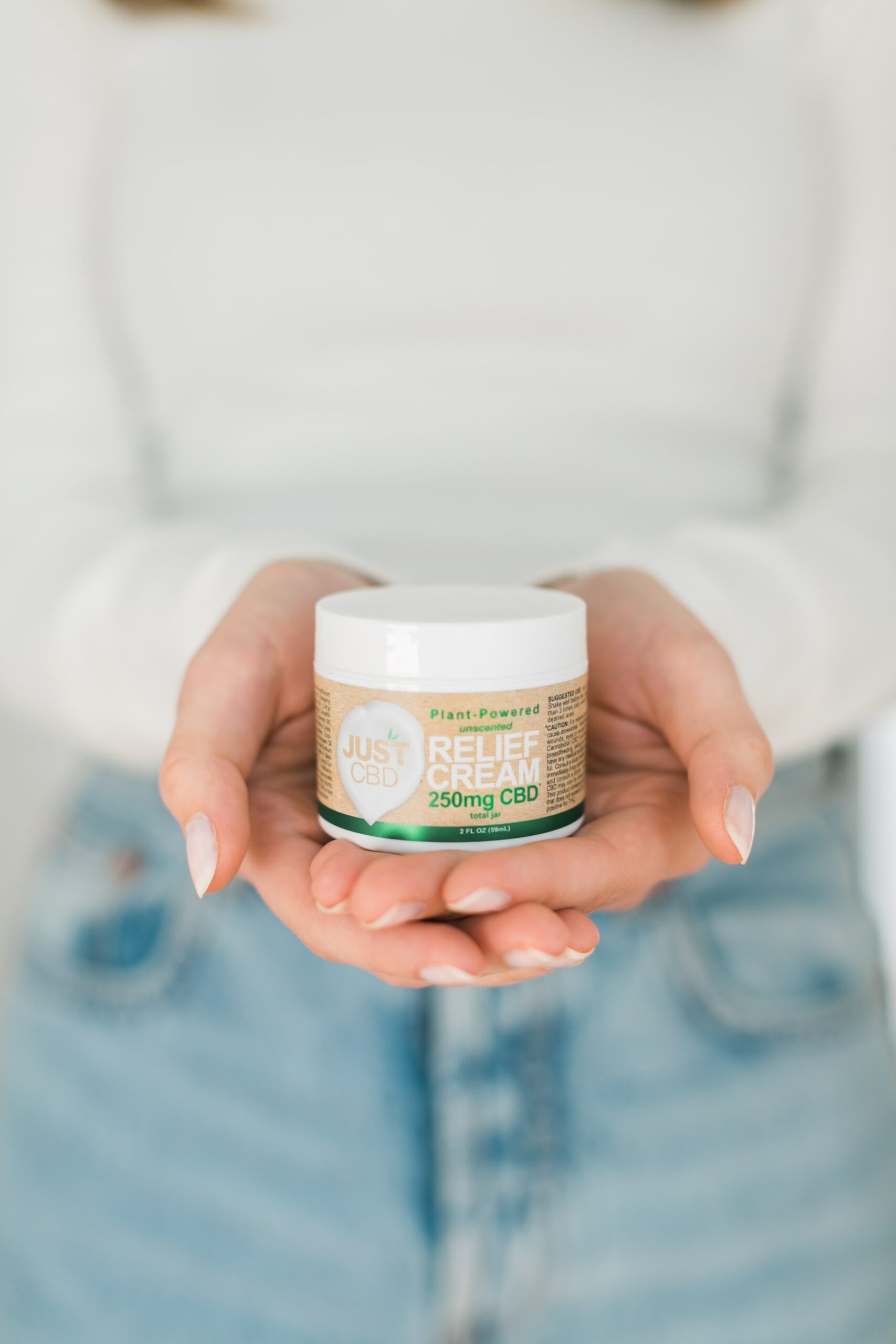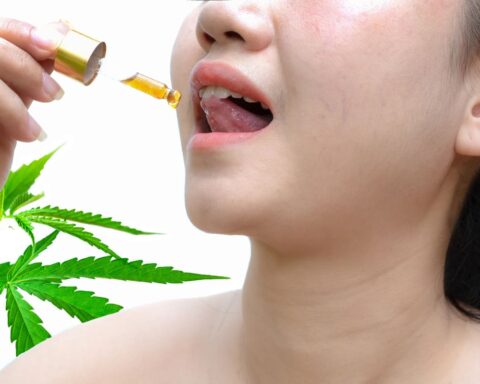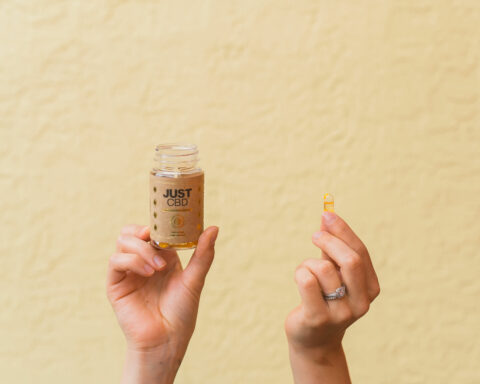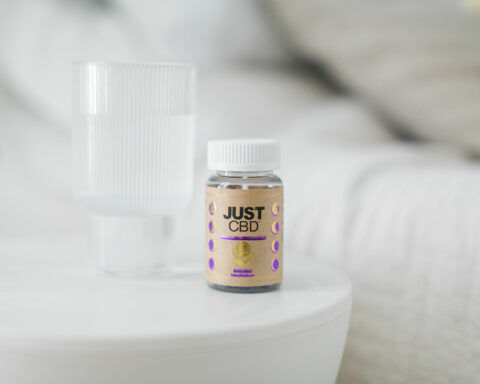What is CBD topical? What are blood thinners? How can an individual use blood thinner? What is the relationship between CBD topicals and blood thinners? How effective can an individual relate the two perfectly? What are some of the known forms? This article explains the relationship between CBD topicals and blood thinners.
The biggest problem is that blood thinners have far more adverse effects than marijuana. Although some medications can raise your risk of bleeding, there have been some reports of an increased risk of bleeding with the use and combination of those medicines with CBD.
There is still considerable confusion regarding how CBD interacts with the body’s drug-metabolizing enzymes. It is known that CBD affects some drug-metabolizing enzymes but not others and that many others remain unknown. Considering that this is a relatively new and developing field of study, there is not much data to draw from. Does it help you relax or fall asleep? Or rise from the bed in the morning? In other words, do you take it to help you cope with stress and stay alert during the day?
Grapefruits and Blood Thinners
Certain foods (such as grapefruit, green tea, and alcohol) can affect how medications work. Grapefruit may cause blood thinners to be released more quickly or slowly, resulting in ineffective medicine or toxic overdoses. Grapefruit can counteract the effects of blood thinners such as felodipine and nifedipine by decreasing the body’s ability to produce enzymes. Blood thinners may not work as intended since enzymes are required for waste absorption and preventing the drug’s effects.
P450 cytochrome (CYPs)
Cytochrome b P450 enzymes are a type of monooxygenase that utilize hemp as a cofactor. These proteins are required to oxidize steroids, fatty acids, and xenobiotics in mammals and are involved in chemical clearance, hormone production, and breakdown. In 1963, Estabrook, Cooper, and Rosenthal described the role of CYP as a catalyst in steroid hormone production and drug metabolism. These proteins are necessary for plants to produce defense compounds, fatty acids, and hormones. P4503A4 is a cytochrome involved in the interaction of medications in the human body. It is responsible for transmitting electrical signals to the brain, which initiates enzyme synthesis. Wheless et al. (2019) explained that grapefruit and CBD inhibit this cytochrome, allowing the brain to produce hormones for an extended time.
What Types Of Medication Interactions Can Occur When CBD Is Used?
Numerous drugs, including CBD, are metabolized by a wide family of liver enzymes known as CYP450. Bridgeman, & Abazia. (2017) explained that CBD inhibits several members of this family of enzymes causing certain drugs to be metabolized more slowly, which may increase side effects unless your doctor lowers the dose. On the other hand, CBD activates additional members of this family of enzymes, accelerating the breakdown of certain medications, perhaps making them less effective unless the dose is raised. As an example, you may experience greater adverse effects if you combine CBD with the following medications:
- Medications that have the potential to produce drowsiness (antipsychotics, benzodiazepines)
- Antibiotics containing macrolides (erythromycin, clarithromycin)
- Antidepressant medications (such as fluoxetine or Prozac)
- Medication for the heart (some calcium channel blockers)
The Symbiotic Relationship Between Cytochrome and Grapefruits
CYP3A4 is inhibited by grapefruit, just as CBD, allowing the body to create more chemicals. As cytochrome levels are reduced by grapefruit, blood thinners no longer work as effectively in the body. If it is absorbed too rapidly or too slowly, it can harm the user’s health. Individuals should see their primary care physician before using CBD topicals if the medicine’s label contains “grapefruit.”
Are CBD Topicals Safe?
Research and practical solutions are lacking to make any general assertions about how cannabidiol acts as a health supplement. Online forums for people with joint pain are common, and many of the people who participate describe their experiences using CBD in conjunction with blood thinners. CBD products of the highest grade have no substitutes. They’re more likely to do what they’re meant to do than not. As a topical application, Miller & Miller (2017) explained that CBD is a good choice for reducing inflammation and pain in joints. There are endocannabinoids in almost all of the body’s systems. An individual can achieve pain relief by applying topicals to the skin, stimulating the endocannabinoid system, and producing anti-inflammatory hormones. In contrast to opioids like Fentanyl and OxyContin, which can lead to addiction and respiratory system impairment, CBD topicals may not pose the same health risks.
Other CBD Forms
Within 30 minutes, inhaled CBD reaches high concentrations in the blood, which raises the risk of acute side effects and toxicity. There is less of a peak in concentration with edibles, but they can still cause problems or interact with other medications if ingested over a long period. Creams and lotions used topically may not be able to deliver enough CBD to the bloodstream for them to interact with other drugs, although the quantity of CBD that does make it to the bloodstream is unknown. None of these items have been regulated or examined for purity, concentration, or safety further complicates things.
How To Find The Best CBD Topical Products?
Reading the labels of all medications to see whether any chemicals could harm the other drug is critical. Make sure to look at the proportion of the active component.
Look for Lab Reports
Your supplement’s contents are detailed in these files. These studies report pesticides, fertilizers, contaminants, heavy metals, and cannabidiol content. It’s preferable to go on to the next step if the corporation doesn’t release any lab results.
Reviews from Customers
It’s also possible to learn a lot from reading reviews. Customers who are satisfied with a vendor’s products and services are usually a sign that the products are of high quality and adequate service.
Conclusion
CBD may interact with various products, including OTC drugs, herbal supplements, and prescription medications. An individual should never use certain medications with CBD; other medications may need to be changed or discontinued to avoid serious complications. Drug interactions can potentially have a variety of other repercussions, including the dose of CBD, the dose of another prescription, and a person’s underlying health condition. Elderly persons are particularly prone to drug interactions due to their frequent use of many drugs and physiological changes associated with aging that impact how our systems process pharmaceuticals.
References
Bridgeman, M. B., & Abazia, D. T. (2017). Medicinal cannabis: history, pharmacology, and implications for the acute care setting. Pharmacy and Therapeutics, 42(3), 180.
Miller, R. J., & Miller, R. E. (2017). Is cannabis an effective treatment for joint pain? Clin Exp Rheumatol, 35(5), 59-67.
Wheless, J. W., Dlugos, D., Miller, I., Oh, D. A., Parikh, N., Phillips, S., … & Cilio, M. R. (2019). Pharmacokinetics and tolerability of multiple doses of pharmaceutical-grade synthetic cannabidiol in pediatric patients with treatment-resistant epilepsy. CNS drugs, 33(6), 593-604.
- Eye Spy: Worldwide Eye Color Percentages - April 19, 2024
- Elevate Energy, Soothe Stress, And Peak Performance with The New UNBEETABREW Coffee Sensation - September 21, 2023
- Chef Bob’s Coffee: A Journey Fueled by Passion - July 29, 2023









